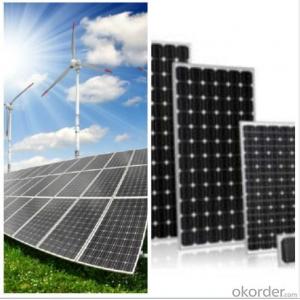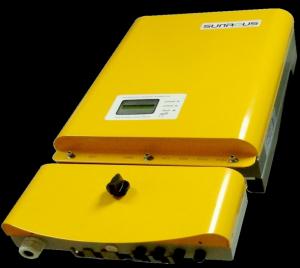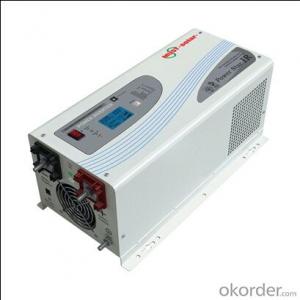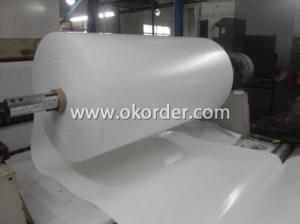Eps Solar Inverter
Eps Solar Inverter Related Searches
Eps Solar Hybrid Inverter Epever Solar Inverter Sps Solar Inverter Solar Electric Inverter East Power Solar Inverter East Solar Inverter Power Solar Inverter Solar Energy Power Inverter Solar Energy Inverter Cps Solar Inverter Emp Hardened Solar Inverter Solar Panel Inverter Emf Pcs Solar Inverter Aps Solar Inverter Power Inverter Solar Eco Solar Inverter Easy Power Solar Inverter Bp Solar Inverter Solar Electric Inverter System Easy Solar Inverter Solar Powered Power Inverter Solar Powered Inverter Solar Power Inverter System Solar With Electric Inverter Solar Solar Inverter Inverter Power Solar Solar Power Plant Inverter Mp Solar Inverter Power Inverter Solar Panel Solar Pcu InverterEps Solar Inverter Supplier & Manufacturer from China
Eps Solar Inverter is a range of products designed to efficiently convert solar energy into usable electrical power. These inverters play a crucial role in the solar power generation system by managing the conversion process and ensuring that the electricity generated is compatible with the grid or for direct use by appliances. The application of Eps Solar Inverter spans across various sectors, including residential, commercial, and industrial settings, where they are used to harness the power of the sun and reduce reliance on traditional energy sources. This not only contributes to environmental sustainability but also offers cost savings over time. As a leading online marketplace, Okorder.com offers a comprehensive selection of Eps Solar Inverter products, catering to the diverse needs of customers worldwide. With a vast inventory and competitive pricing, Okorder.com has established itself as a reliable wholesale supplier for those seeking high-quality solar inverters.Hot Products



















































